Body aesthetics
Body aesthetics refers to treatments and procedures designed to improve the physical appearance of the body, including fat and cellulite reduction. These treatments focus on helping people achieve their aesthetic goals and feel more confident and satisfied with their appearance.
It is important to note that these aesthetic treatments must be performed by trained professionals and that results may vary from person to person. In addition, these treatments are often most effective when combined with:
• Healthy eating
• Regular physical activity
• A comprehensive approach to body care.
Before undergoing any aesthetic treatment, it is advisable to consult a physical therapist or health professional to assess your specific situation and determine the most appropriate and safe approach.
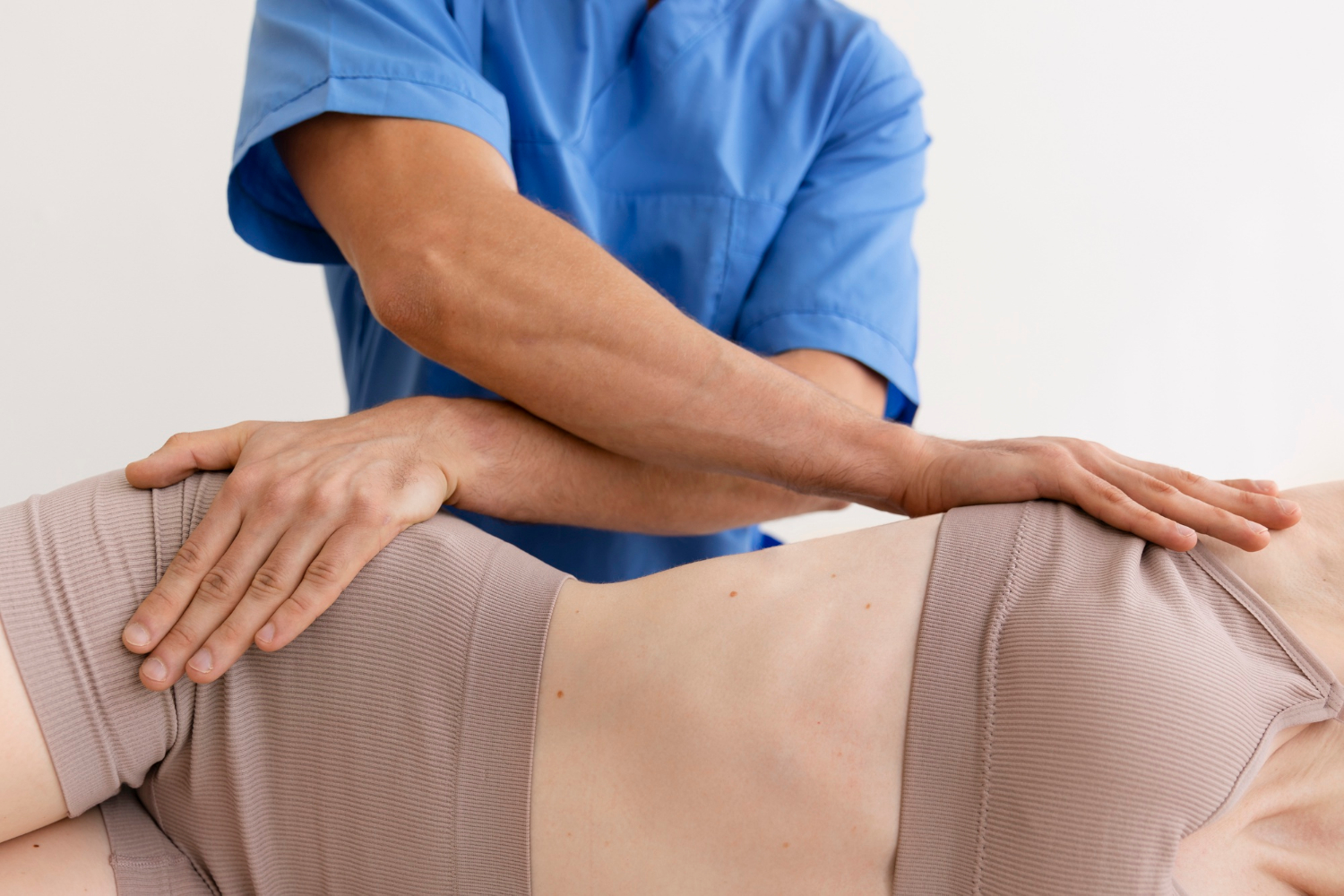
The approach to slimming and fat and cellulite reduction treatments from a physical therapy perspective may include a combination of massage techniques, mud, thermotherapy, cupping, and other therapeutic approaches.
Some of these common techniques are described here:
Massage
Mud and wraps
Thermotherapy
Cupping
Cupping
Rehabilitation is the care you receive to regain, maintain, or improve the skills you need for daily living. These skills can be physical, mental, and/or cognitive (thinking and learning). They may be lost through illness or injury, or as a side effect of medical treatment.
Neurological rehabilitation (stroke, cerebrovascular accident, Parkinson's, etc.)
Neurological rehabilitation refers to the process of recovering and improving physical and cognitive functions after an injury or disorder of the central or peripheral nervous system. Some of the most common neurological conditions that require rehabilitation include:
• Cerebrovascular accident (CVA)
• Traumatic brain injury (TBI)
• Multiple sclerosis,
• Parkinson's disease
• Spinal cord injuries

The physical therapy approach to neurological rehabilitation focuses on helping patients maximize their functionality and quality of life through a combination of techniques and therapies.
Below are some key aspects of the physiotherapy approach to neurological rehabilitation:
Some of these common techniques are described here
Individualized assessment and treatment plan
Mobilization and strengthening
Balance and coordination training
Manual therapy and facilitation techniques
Gait and functional mobility
Patient education and support
Trauma rehabilitation after accidents or surgeries
Trauma rehabilitation refers to the recovery and rehabilitation process after a traumatic injury, such as surgery or a bone fracture. The main goal of trauma rehabilitation is to restore functionality and improve the patient's quality of life, through the recovery of mobility, strength and function of the affected structures.
The physiotherapy approach to trauma rehabilitation involves a variety of techniques and therapies that are tailored to the specific needs and characteristics of each patient. Below are some key aspects of the physiotherapy approach to trauma rehabilitation:
It is important to note that every patient and injury is unique, so an individualized and personalized approach is essential in trauma rehabilitation. The physiotherapist will work closely with the patient, adapting the treatment according to their progress and specific needs.
In addition, it is essential to keep in mind that trauma rehabilitation does not only focus on physical recovery, but also on emotional and psychological aspects. Physiotherapists can provide emotional and motivational support throughout the rehabilitation process, helping the patient to maintain a positive attitude and face the challenges that may arise.

In summary, trauma rehabilitation from a physiotherapy approach seeks to promote recovery and improve functionality after an operation or fracture. Through individualized assessment, manual therapy, therapeutic exercises, physical modalities, education, and ongoing follow-up, physical therapists help patients restore their mobility, strength, and function, and return to daily activities safely and effectively.
Individualized assessment and treatment plan
Therapeutic exercises
Physical modalities
Education and counseling
Education and counseling
Treatment follow-up and progression
Geriatric Physiotherapy
Geriatric physiotherapy is a specialized branch of physiotherapy that focuses on the evaluation, prevention and treatment of health problems and physical conditions associated with aging. Its main objective is to improve the quality of life and promote functional independence in older people. The geriatric physiotherapy approach focuses on the specific needs of this population and adapts to the physiological, cognitive and emotional changes inherent to aging.
The geriatric physiotherapy approach focuses on improving the quality of life of older people, optimizing their mobility, functionality and general well-being. Physiotherapists work closely with other health professionals to provide a comprehensive and personalized approach to care for older patients.
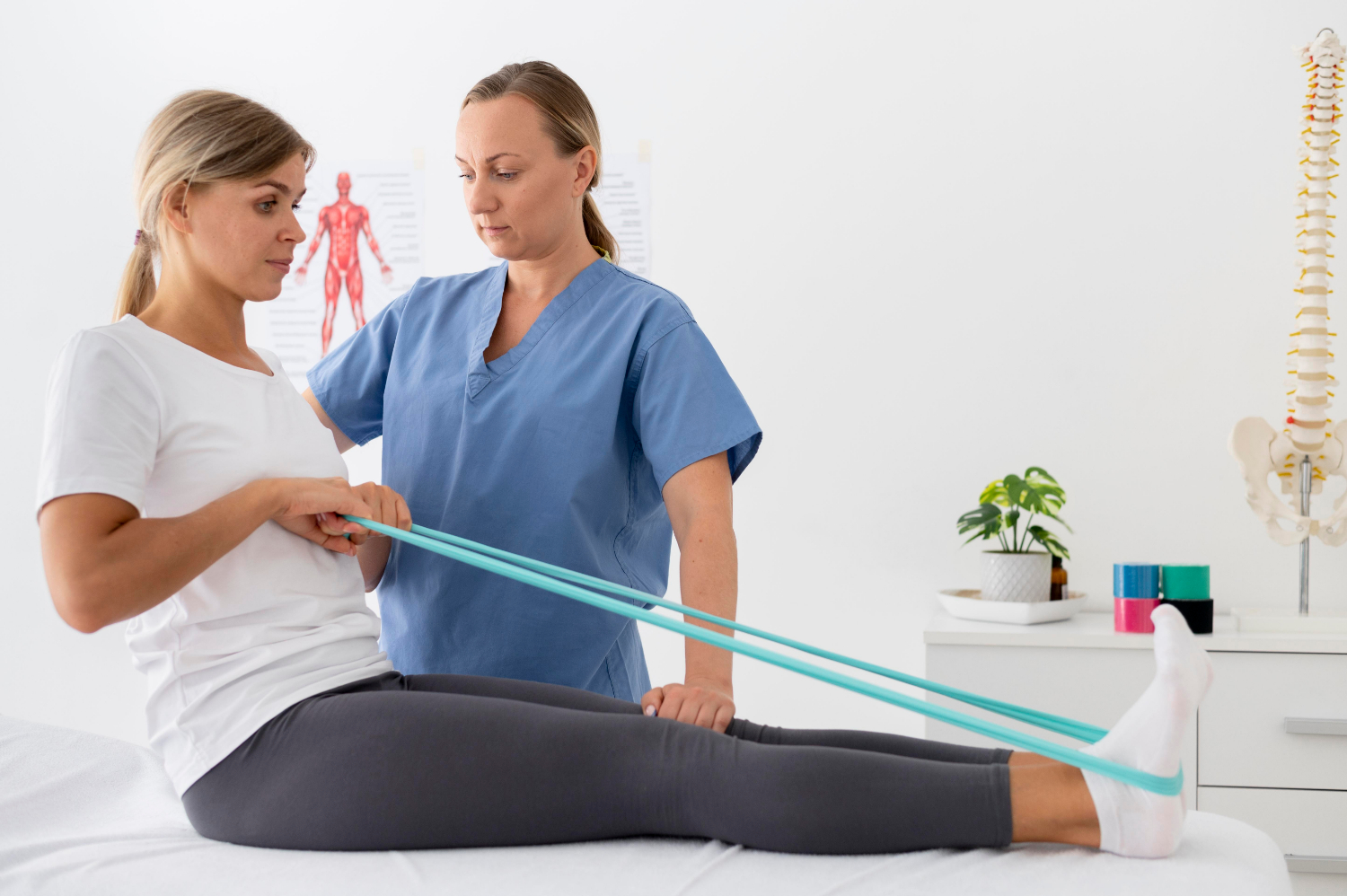
The geriatric physical therapy approach may include the following areas:
Assessment
Therapeutic exercise
Rehabilitation
Fall prevention
Pain management
Education and counseling
Artistic Professions
Certain professions have their own ailments and complaints:
Musicians
Musicians are prone to various injuries due to the physical and repetitive demands of practicing and performing musical instruments. Each instrument brings specific challenges that can lead to injuries. From a physiotherapy standpoint, it is essential to understand these injuries and address them effectively to prevent further damage and promote the health and well-being of musicians. The physiotherapy approach to injuries in musicians focuses on relieving pain, restoring function, and promoting prevention. Physiotherapists work in collaboration with musicians to develop customized treatment plans that include manual therapy, specific therapeutic exercises, myofascial release techniques, ergonomics education, and prevention measures. The ultimate goal is to enable musicians to continue enjoying their musical passion in a safe and healthy manner.
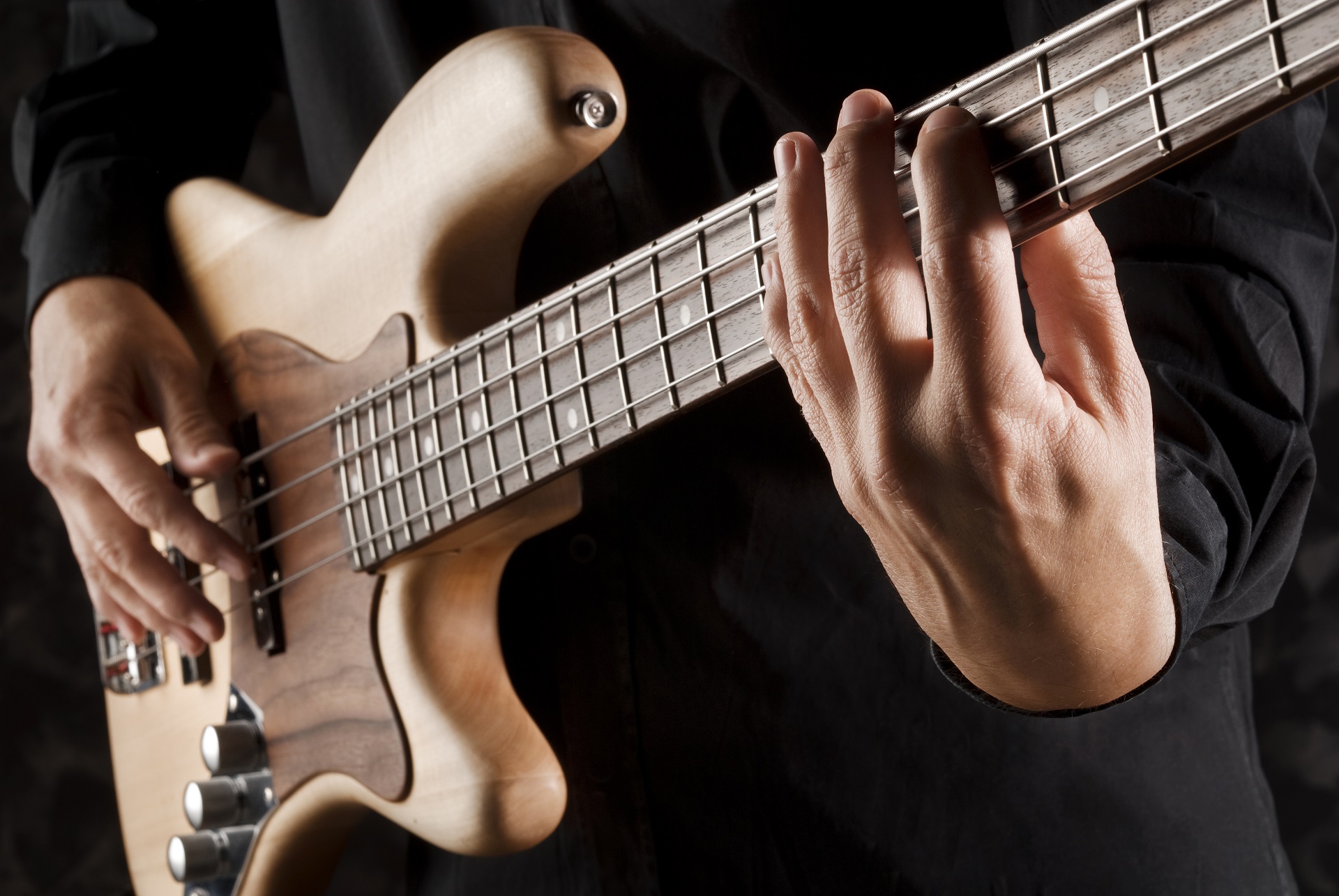
Stunt Actors
Stunt actors face a high risk of injury due to the physical demands and stunts performed on film productions. These injuries can range from minor bruises and sprains to more serious injuries to muscles, joints, and bones. The physical therapy approach to injuries in stunt actors involves a comprehensive approach that combines manual therapy, exercise therapy, rehabilitation techniques, and patient education. The goal is to not only treat the current injury, but also prevent future injuries and promote optimal recovery so that stunt actors can continue to perform their jobs safely and effectively.
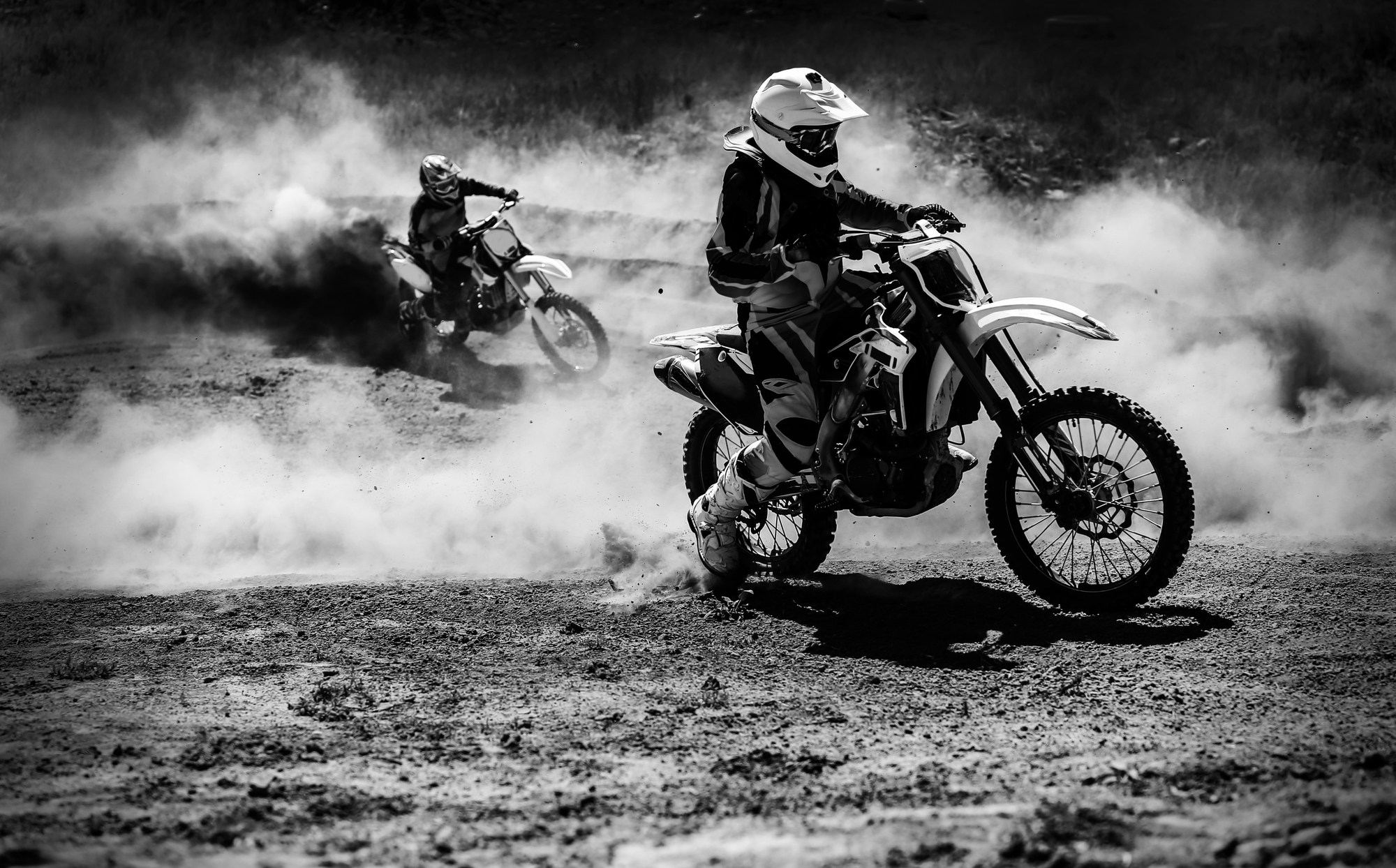
Singers
Singers are susceptible to a variety of injuries related to the vocal apparatus and the muscles involved in vocal production. These injuries can negatively affect voice quality and limit vocal performance. The physical therapy approach to injuries in singers involves a combination of manual therapy, specific exercises, relaxation techniques, and vocal education. The goal is to relieve pain, improve vocal quality and prevent future injury, allowing singers to achieve and maintain optimal vocal performance. Collaboration between singers, physical therapists and other voice professionals is essential to achieve successful outcomes in vocal rehabilitation.

Other specialized treatments
TMJ Treatment (Temporomandibular Joint)
The temporomandibular joint (TMJ) is the joint that connects the jaw to the skull and allows for opening and closing movements of the mouth, as well as chewing and speech articulation. The musculature adjacent to the TMJ includes the muscles of the jaw, neck, and face.
Injuries and disorders of the TMJ and adjacent musculature are common and can cause symptoms such as pain, clicking, limitation of mouth opening, and difficulty chewing or speaking.
It is important to note that the physical therapy approach for TMJ and disorders of the adjacent musculature must be individualized, taking into account the specific needs and characteristics of each patient. The main objective is to relieve pain, improve functionality, and restore the quality of life of the patient affected by these disorders. The physical therapist will work closely with the patient to develop a personalized treatment plan that addresses their specific needs and promotes effective recovery.
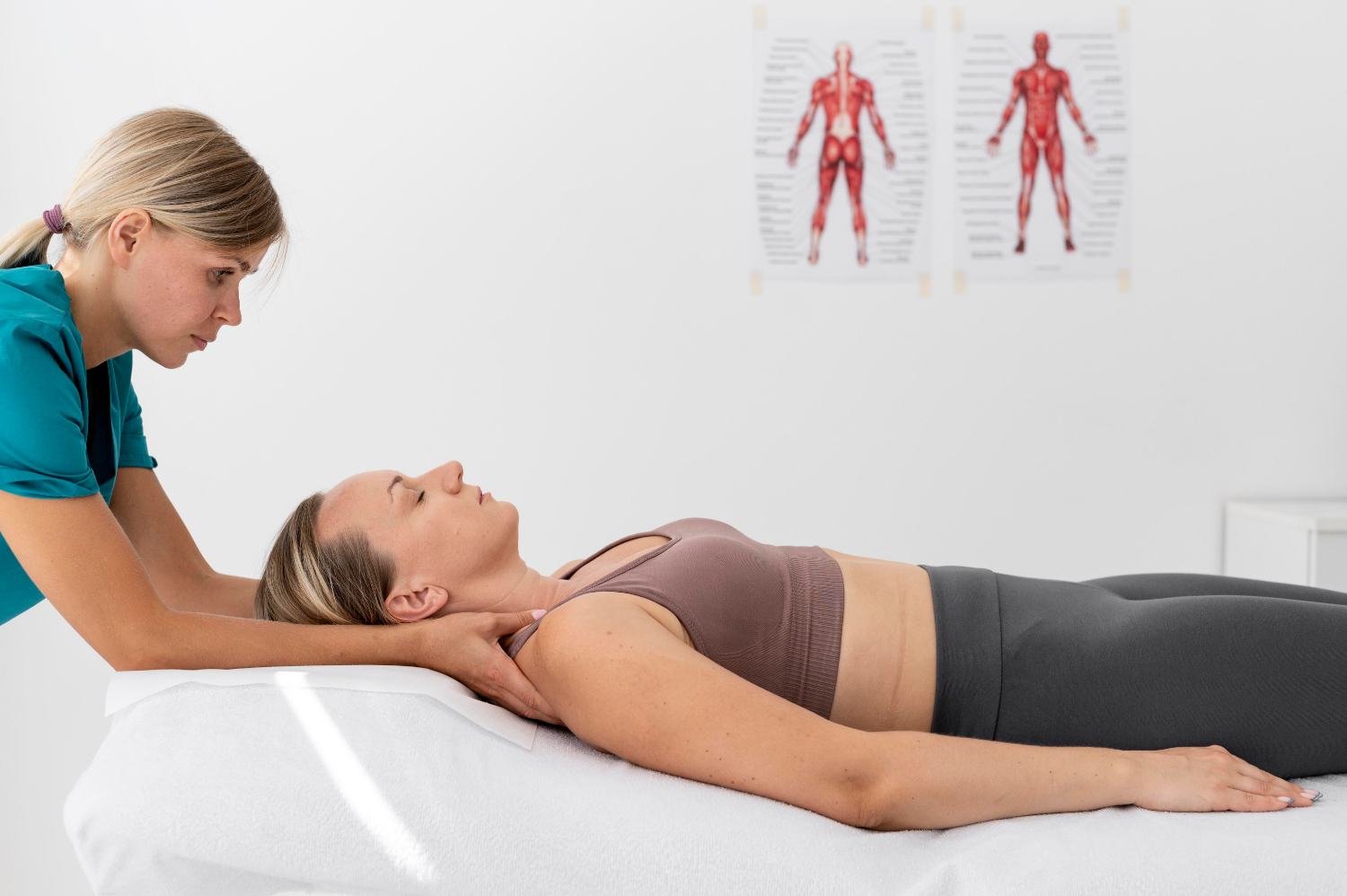
Dry needling and electropuncture
Dry needling is a technique used in physiotherapy that involves inserting a fine, solid needle into a myofascial point or trigger point, with the aim of relieving pain and improving muscle function. This technique is based on the theory of trigger points, which are hyperirritable areas in muscles that can cause localized or referred pain.
During dry needling, the physiotherapist carefully inserts the needle into the trigger point, which can be palpated as a tense band or nodule in the muscle. Once the needle is in place, different techniques can be performed, such as local muscle contractions or stretches, to deactivate the trigger point and release muscle tension.
Dry needling has proven effective in treating various muscle and tendon injuries, as well as nervous system disorders.

Fibromyalgia
Fibromyalgia is a chronic disorder characterized by widespread pain in muscles, tendons, and joints, as well as fatigue, sleep problems, and cognitive difficulties. It is considered a complex disease that affects both the musculoskeletal system and the nervous system.
The physiotherapy approach in fibromyalgia focuses on relieving pain, improving physical function, and promoting the patient's quality of life.
It is important to note that the physiotherapy approach in fibromyalgia must be multidisciplinary and personalized, working together with other health professionals, such as doctors, psychologists, and occupational therapists. The main objective is to improve the patient's quality of life, reduce symptoms, and promote self-management of the disease.
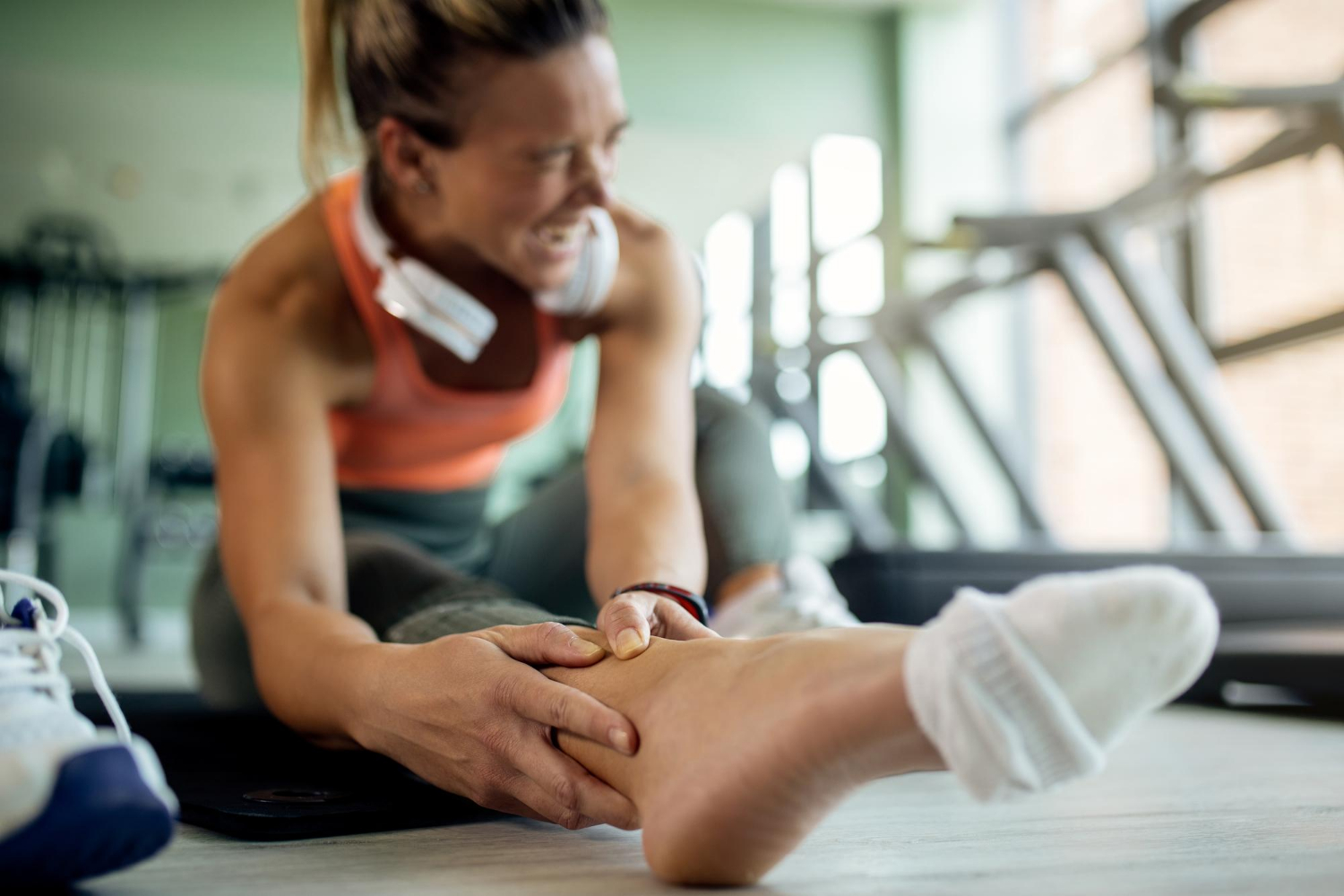
Lymphatic drainage (pressotherapy)
Lymphatic drainage with pressotherapy is a technique used in physiotherapy that combines manual lymphatic drainage with the application of pressure through a pressotherapy device. This technique is used to stimulate the lymphatic system and promote the elimination of fluids and toxins accumulated in the body.
The lymphatic system is responsible for transporting lymph, a fluid containing immune system cells, nutrients, and metabolic waste. When the lymphatic system is compromised or excessive fluid buildup occurs, different pathologies may appear.
It is important to note that lymphatic drainage with pressotherapy should be performed by a physiotherapist trained and experienced in this technique. Each patient and condition will require an individualized approach and a treatment plan tailored to their specific needs. It is advisable to consult with a physiotherapy professional to determine if lymphatic drainage with pressotherapy is suitable for your situation and to receive the appropriate treatment.

Migraines
Physiotherapeutic treatment for migraines can be effective and complementary to other medical interventions. Physiotherapy focuses on managing triggers, reducing pain, and improving the quality of life of people who suffer from migraines.
It is important to note that physiotherapy treatment for migraines can vary depending on the individual needs of each person. Each patient will receive a personalized treatment plan and adjustments will be made based on the patient's response and progress over time. It is essential to follow the instructions and recommendations of the physiotherapist and work in collaboration with other health professionals to obtain the best results in the management of migraines.
